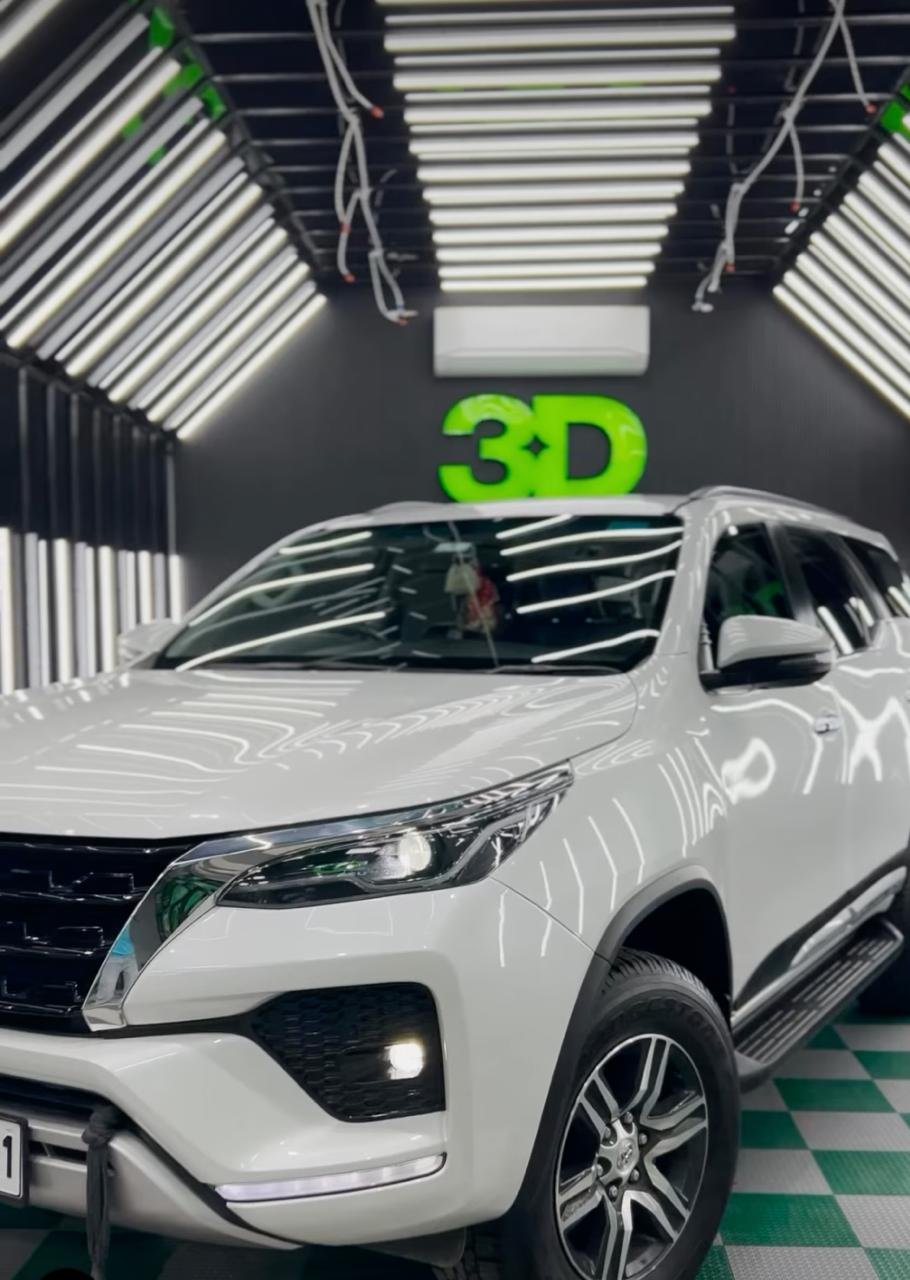The automotive lifestyle today combines protection technology with the desire for excellent appearances. Today car maintenance involves intense demand for glass coatings which incorporate hydrophobic technology for cars. The science which makes these coatings truly effective remains to be explained. We will trace the scientific foundations that make water repellence possible while examining its impact on car maintenance facilities.
What Is Hydrophobic Technology?
Hydrophobic stands as two Greek elements which translate to water plus fear respectively. The property of hydrophobia allows surfaces to naturally resist water. Those who apply hydrophobic technology to their car windows and windshields experience water droplets that stay in beads before gracefully sliding off without disturbing visibility. The glass maintains safer performance during rainy conditions and extends its lifespan because of this hydrophobic technology.
Hydrophobic coatings modify the surface energy of glass through their mechanism. Untreated glass normally retains high surface energy that enables water along with dirt to cling to it. The hydrophobic surface technology implements an energy barrier with low surface intensity. Droplets of water form on the surface where they easily slide away while simultaneously dragging away dust particles. Premium quality glass coatings for cars include this feature known as self-cleaning effect.
The Science behind the Coating
The most common components used in hydrophobic glass coatings consist of silicon derivatives that include siloxane or silica substances. The compounds bond chemically to the glass surface to establish a transparent thin layer that gives the surface new liquid interaction characteristics. The material formed by these molecules remains strong yet maintains glass clarity unaffected.
Surface hydrophobicity depends on the precise degree through which liquids touch the surface where the measurement is known as the “contact angle.” Normal glass surfaces exhibit a water contact angle smaller than 30 degrees so water can spread across their surface. When cars receive high-performance glass coatings their water contact angle increases to higher than 110 degrees making water form easily removable drops.
Benefits beyond Water Repellency
The hydrophobic feature is just one benefit. These coatings also provide resistance against:
- UV rays, which can cause long-term damage and cloudiness in glass.
- Dirt and pollutants, which have a harder time clinging to a treated surface.
- Minor scratches and abrasions, adding a layer of protection.
Moreover, glass coatings for cars reduce the need for frequent cleaning and use of harsh chemicals, making them environmentally friendly.
Long-Term Performance and Maintenance
One of the best things about hydrophobic glass coatings is their longevity. When professionally applied, they can last up to a year or more depending on environmental conditions and how often the car is washed. Regular maintenance with mild, pH-neutral cleaners can further extend the life of the coating.
Conclusion
The use of hydrophobic technology in glass coatings for cars is a perfect example of science meeting real-world utility. By leveraging molecular chemistry, these coatings offer clearer vision, easier maintenance, and improved safety. Whether you’re a casual driver or a car enthusiast, investing in hydrophobic glass coatings for cars is a smart move that enhances both form and function.

